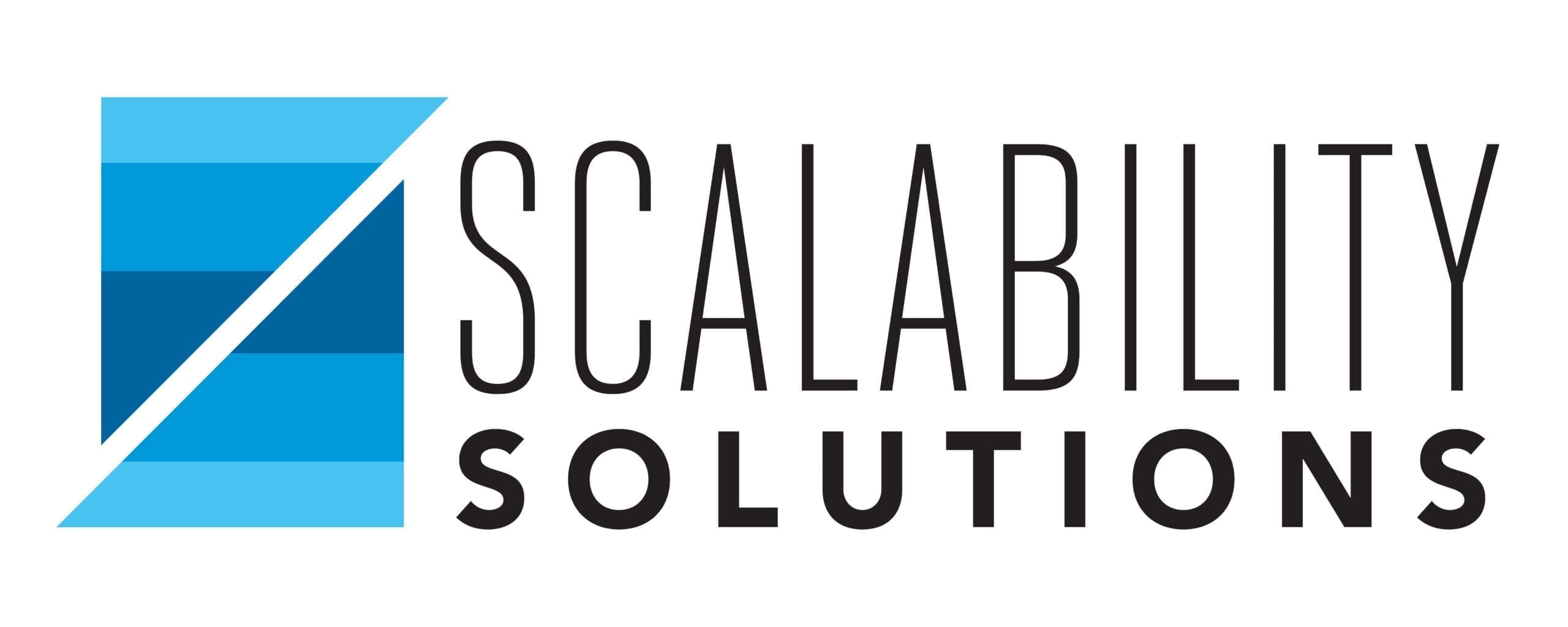Hiring high-performing employees with the skills and qualities needed for success in their role results in stronger, more profitable businesses. Team members that are a great fit for their roles also stay longer, provide more value, and have a positive impact on the culture and the company as a whole. This of course is easier said than done. In this article, we’ll take a look at how you can test skills with simulations and succeed at hiring team members who help you become a stronger, more successful business with excellent retention.
Why Hiring is Such a Challenge…and How Simulations Can Help
If you’ve ever hired a highly qualified candidate who looked great on paper and spoke well in the interview – only to discover that they performed poorly on the job – then you know hiring right the first time can be a significant challenge.
When companies can’t overcome that challenge, the result is wasted time and money on the wrong candidate. Not to mention, a potential setback in workflows, missed deadlines, and decreased team morale. The cost is enormous.
“Mishiring” may be the result of any of the following factors (or a combination):
- Some candidates present well during an interview, but in reality, aren’t able to meet those expectations. For example, a candidate may claim to be an excellent administrator in an interview and believes this is true. But in practice, he or she may have extremely poor attention to detail. This results in errors that hurt company performance in the long run and poor morale for the hire and their teammates cleaning up after them.
- Companies may hire employees for the wrong reasons – such as “liking” the candidate as a person. Hiring managers can sometimes like a candidate so much because of a unique commonality (We’re both from Idaho! We love the same baseball team!) that he or she overlooks a lack of skills and qualities needed for the job. Of course the hiring manager and team should like the candidate. But if they are blinded to potential red flags because they like them so much, everyone suffers.
- Hiring out of desperation – because the company is in so much pain over a vacancy, they may not take the time to test skills meaningfully. And when the hire needs to be replaced because they didn’t have what it takes to do the job well, the company will be in even more pain.
- Lastly, hiring managers may unintentionally overlook the best candidates for a job because of their perceived lack of qualifications.
Simulations are relatively short experiences that closely mimic the job (in mock scenarios). Here’s how you can test skills with simulations to address the above challenges – and more:
Test a Candidate’s Ability to Do the Tasks Required on the Job
In a simulation, a candidate will be performing the same responsibilities they would on the job, but in a mock, scaled down and simplified version of the role. They will receive background information and documentation shortly before it begins, so that even if they don’t have industry or role experience, they can succeed if they have the right qualities and skills. When possible, the candidate will work in dummy accounts for the systems they’d use on the job and with dummy data that looks similar to the data they’d work with daily. The candidate will use the same templates they’d use on the job for documentation.
The ability to compare performance for the top five or six candidates that make it to the simulation phase of the hiring process is invaluable. Often times a candidate who seemed great will perform poorly. And those issues that arise in simulations almost always arise on the job.
Test How the Candidate Actually Shows Up on the Job
Speed: Candidates have a set amount of time to complete simulations. The timeframe will vary depending on the demands and seniority level of the job, but in any case, all candidates have a “start” and “stop” point that allows hiring managers to compare candidate speed. If a candidate is unable to complete a task on time, companies will know they lack the speed necessary to keep up with the demands of the job.
Ability to Follow Instructions: The degree to which the candidate follows instructions produces an accurate reflection of their listening / reading skills, comprehension, and attention to detail. If the instructions have been well-designed and testers have been able to follow the instructions, then the candidate should, in theory, be able to complete the task correctly. If they don’t, there is a solid chance this will come up on the job.
Prioritization Skills: The ability of a candidate to respond to distractions built into the simulation will give a hiring manager insight into how well he or she can handle “curveballs” while still remaining on task. It also will highlight proactive communication skills (e.g. how well the candidate communicates the changed priorities).
Autonomy and Resourcefulness: The types and number of questions the candidate asks will highlight whether the candidate needs a lot of “spoon-feeding” or has “figure-it-out” skills. For example, do they quickly Google a term they don’t know or do they ask what it means without attempting to research it themselves?
Test Personality and Cultural Fit
Simulations also produce powerful insight into a candidate’s particular personality and cultural fit. Two different candidates who undergo the same simulation will have unique ways of responding to instructions, communicating with other team members, and performing under pressure. Taking note of these details can help hiring managers make more nuanced, person-centered decisions about which candidate will make the best fit for a company.
Simulations Give a Candidate Insight into How They’ll Like the Job
In a simulation, not only will an employee have an opportunity to apply their skill set and experience to the job…they’ll also experience a realistic dose of company culture, standard communication, and even typical “distractions” that may come their way in the course of a workday. A new job role needs to be a good fit on both sides, and a simulation offers job applicants the opportunity to see how well they’ll actually enjoy the role’s day-to-day work.
For example, a candidate may be perfectly capable of managing spreadsheets…but may hate the tedium of inputting and organizing information. A job simulation gives them the opportunity to discover this for themselves – and make a decision about whether they actually want the job.
To achieve great retention, you’ll want employees that are not only capable of performing their jobs; you’ll want employees that actually enjoy their jobs. Everyone deserves the opportunity to serve in a position where they have the potential to be excited to start each day.
Design and Implement Simulations with Scalability Solutions
The effectiveness of a simulation in the hiring process depends strongly on the right design. We help our clients design and implement accurate, high-quality simulations that allow for on-target hires that are an excellent fit for employers. We’ve helped companies achieve a phenomenal 92 – 95%* retention rate by helping them to carefully screen, discover, and test out candidates before hiring. If you’d like to learn more about how Scalability Solutions can help you test skills with simulations and bring high-performing, talented employees onto your team, click here.
*Varies slightly from year to year.



